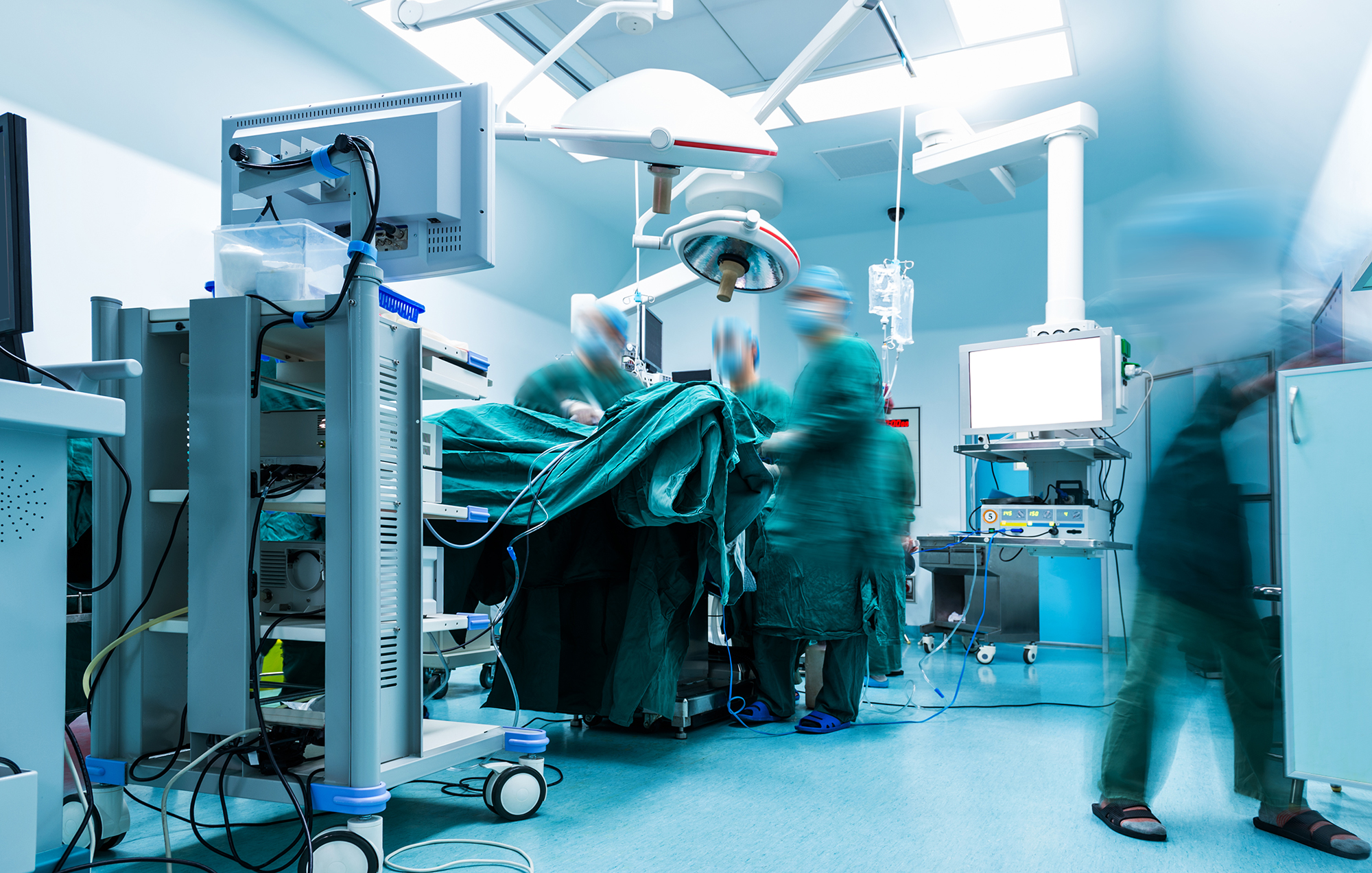
Welcome back to the 6th and last edition of the Inivos academic digest for 2020, where our team shares the most interesting and thought-provoking research across microbiology, personal protective equipment (PPE) and infection prevention and control.
Over December, there has been more research being focused and shifted towards the reprocessing and decontamination of PPE using different decontamination methods such as ultraviolet light, hydrogen peroxide vapour, ozone gas, moist heat and other methods. Papers were published in the Journal of Hospital Infections and PLOS one.
The next challenge will be evaluating the survival of SARS-CoV-2 on inert surfaces as well as the pathogenesis and host-cellular interactions of this virus, and more specifically regarding the angiotensin converting enzyme (ACE2) receptors to better understand the mechanisms of immunity and vaccinations. Papers on these topics were published in the Cell and Bioscience, and Environmental Research journals.
PPE Decontamination
A study1 in the MDPI journal assessed the efficacy of using ozone gas to decontaminate PPE that was contaminated with heat-inactivated SARS-CoV-2. The researchers used ozone in different concentrations and exposure times; 30 s at 10,000 ppm, 5 min at 4000 ppm and 10 min at 2000 ppm. All concentrations successfully eliminated heat-inactivated SARS-CoV-2 in different PPE components as a result of oxidative stress. However, at lower ozone concentrations (4-12ppm), the effects were highly dependent on relative humidity conditions.
A research paper2 in the Journal of Hospital Infections reported the use of hydrogen peroxide vapour to decontaminate N95 respirators. All respirators were hung on metal racks, stacked in piles, and were placed individually in paper bags or covered with make-up or moisturiser. Hydrogen peroxide vapour successfully decontaminated the masks after 90 minutes when placed in different compartments at a concentration that varied between 400-800 ppm. The researchers found that stacking reduced the time needed to arrange N95 respirators for decontamination by approximately two-thirds while almost tripling facility capacity. Make-up and moisturiser creams did not interfere with the decontamination process.
Earlier this year, Inivos’ own research with University Hospital Southampton3 found that a process of laundering combined with low dosage (7.9%) hydrogen peroxide vapour using ProXcide decontamination technology effectively removed pathogens from sterile gowns without damaging garment integrity.
Meanwhile, a study4 in PLOS one journal investigated the effects of repeated decontamination cycles on the performance of N95 masks using seven disinfection methods. Researchers reported that moist heat, peracetic acid dry fogging, hydrogen peroxide vapour, and UV-C, were associated with preserved mask fit, integrity, and performance to a minimum of 10 cycles by both fit and filtration testing.
UV-C Light Microbial Efficacy
A study5 in the Frontiers in Microbiology journal evaluated the efficacy of UV-C lamps (240nm) to control an outbreak in a clinical operating room caused by Methicillin-resistant Staphylococcus aureus, which was traced back to contaminated Anaesthesia equipment. Only 3 min were needed to reduce the log of MRSA counts by >5.69 and 5 min for other bacteria in a space with a diameter of 4.8 m. Authors concluded that the outbreak was eliminated using UV-C lamps in addition to manual cleaning and improved hand hygiene interventions.
Another paper6 in the Photodiagnosis and Photodynamic Therapy journal demonstrated the effectiveness of a portable UV-C light device on the viability of pathogenic microorganisms isolated from different surfaces of a public health hospital. The researchers reported that a radiation intensity of 45.6 mW/cm2 over a distance of 1 cm from the surfaces and a UV-C light dose of 0.912 J/cm2 for 20 seconds were sufficient to inactivate 100% of S.aureus, S.enterica, E.coli and P.aeruginosa. Additionally, the same measurements caused log4 reduction for the yeast C.albicans.
One experimental study7 in Environmental Science and Technology journal examined the efficacy of ducted UV-C systems to guard against airborne transmitted diseases and more specifically against COVID-19. The authors demonstrated that sealed UV–C flow reactors operating with fluences near 254 nm with a UV dose of 49.6 mJ/ cm-2 and a flow rate of 684 L/min-1 efficiently inactivate 99.98% of coronaviruses in an aerosol.
The findings correspond with Inivos’ Ultra-V technology, which emits UV-C light rays specifically at a 254 nm wavelength to decontaminate spaces and surfaces effectively and efficiently without influencing safety measures. This is because UV-C light is the most effective and yet safest UV technology to decontaminate different settings without possessing a risk on individuals.
SARS COV-2: Pathogenesis and Survival
A systematic review8 in the Cell and Bioscience journal demonstrated the molecular interaction between SARS-CoV-2 and ACE2. The review highlighted ACE2 as the host functional receptor (doorway) for this new virus with the spike proteins of the virus being the keys that unlock the doorway. The spike proteins have high binding affinity to ACE2. Authors emphasised the importance of understanding these molecular interactions in order to develop new drugs and vaccines.
An experimental study9 in the Clinical and Translational Immunology journal assessed the adaptive immunity response in sixty SARS-CoV-2 patients with different onsets of COVID-19 (mild, moderate and severe). Consistent with the fact that specific T cells participate in the generation of specific antibodies, this study demonstrates that SARS‐CoV‐2 patients developing a severe disease achieve a higher adaptive immune response compared to patients developing mild or moderate disease.
A review10 in the Environmental Research journal evaluated the persistence, stability and infectivity of SARS-CoV-2 on inert surfaces. The findings point out that SARS-CoV-2 can last on different surfaces from hours to a few days representing a potential route of transmission. However, appropriate disinfection measures using chemicals and biocides as well as employing decontamination technologies should reduce the possibilities of coronavirus transmission, and hence, significantly decrease the risks of COVID-19.




